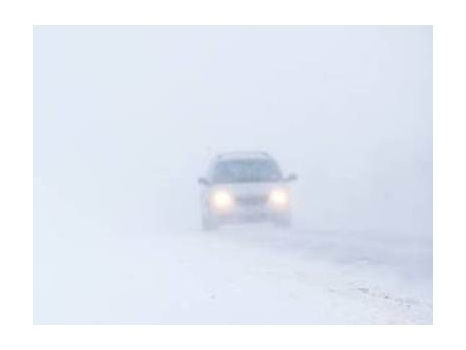For Agencies, One Podcast Isn’t Enough — But A Million Might Be Too Many.
- Inside Audio Marketing

- Oct 29, 2020
- 3 min read

There was a time not so long ago when clients of Havas Media didn’t even include podcast advertising in discussions about a broader audio strategy. But Melissa Colon, SVP, Group Director, Audio Investments at the agency, says times have changed.
“I think now if clients are considering audio, it’s always a part of that conversation,” Colon said Tuesday during a Podcast Movement Virtual session. “Whether it’s right for the brand depends on the role of audio in their mix. But it’s always part of the conversation, whether it’s that they’re reviewing it or they’re actually getting to the end goal of purchasing it.”
Panelists who took part in the event, “What Ad Agencies Need to Bring New Brand Advertisers to Podcasting” – moderated by Triton Digital SVP Daryl Battaglia – provided an overview of the contemporary U.S. podcast landscape, touching on topics like podcast consumption trends and audience measurement.
One of the biggest challenges facing the space these days is the sheer volume of podcasts — something Craig Faretra, Associate Activations Director at Spark Foundry, called “a huge pain point” for buyers.
“As much as we like to think of ourselves as the experts in the space — and to a great degree I think we are — we can’t possibly cover the entire landscape,” Faretra said. “There are over a million podcasts out there… We do have to rely a bit on different teams or, in some cases, a client who brings a podcast to our attention that might be a really good fit for a campaign.”
Joe Wengrod, Associate Director, Network Audio at Carat, said it’s key for publishers to understand that if agencies can’t easily find a podcast, they can’t recommend it.
“I think kind of the simplest way, from a buyer’s perspective, to describe it would be a bit of a scramble,” he said. “You get a question about what the podcast interest and content plays, the demographics that you’re trying to hit, and at the end of the day you’re just trying to do your best to tap into your own manual, personal resources — the database that you have built personally with your team.”
Another audio-side challenge cited by Faretra is the lead time that’s needed in what’s unquestionably a seller’s market.
“Advertisers are flocking to a market and buying up the best podcasts three months, four months in advance,” Faretra said. “And the early bird clearly gets the worm in this platform. And I think that’s something that I think some of our clients have had to adjust to… But that’s probably another big thing that kind of flies under the radar a bit — getting our clients to act swiftly when we find the right opportunity.”
Across the board, agencies still have to contend with the issue of attribution. Wengrod said with podcasting there’s a need for greater collaboration with clients than is typically the case with a normal audio buy. That’s because there’s a relative dearth of data compared with other audio buys, and the extra focus helps ensure that client expectations are managed.
Of course, it all underscores the need for better attribution measurement in the space.
“Obviously, the first sale to a client is incredibly important,” Wengrod said. “But it’s really the repeat customer that’s going to drive the industry forward. When we get clients to kind of dip their toes into podcasting, when the campaign ends, they’re kind of expecting metrics and attribution that show how it moved the needle for them. But where we stand now, it’s very hard to differentiate, especially when there are bigger brands that are advertising in multiple channels.”




Comments